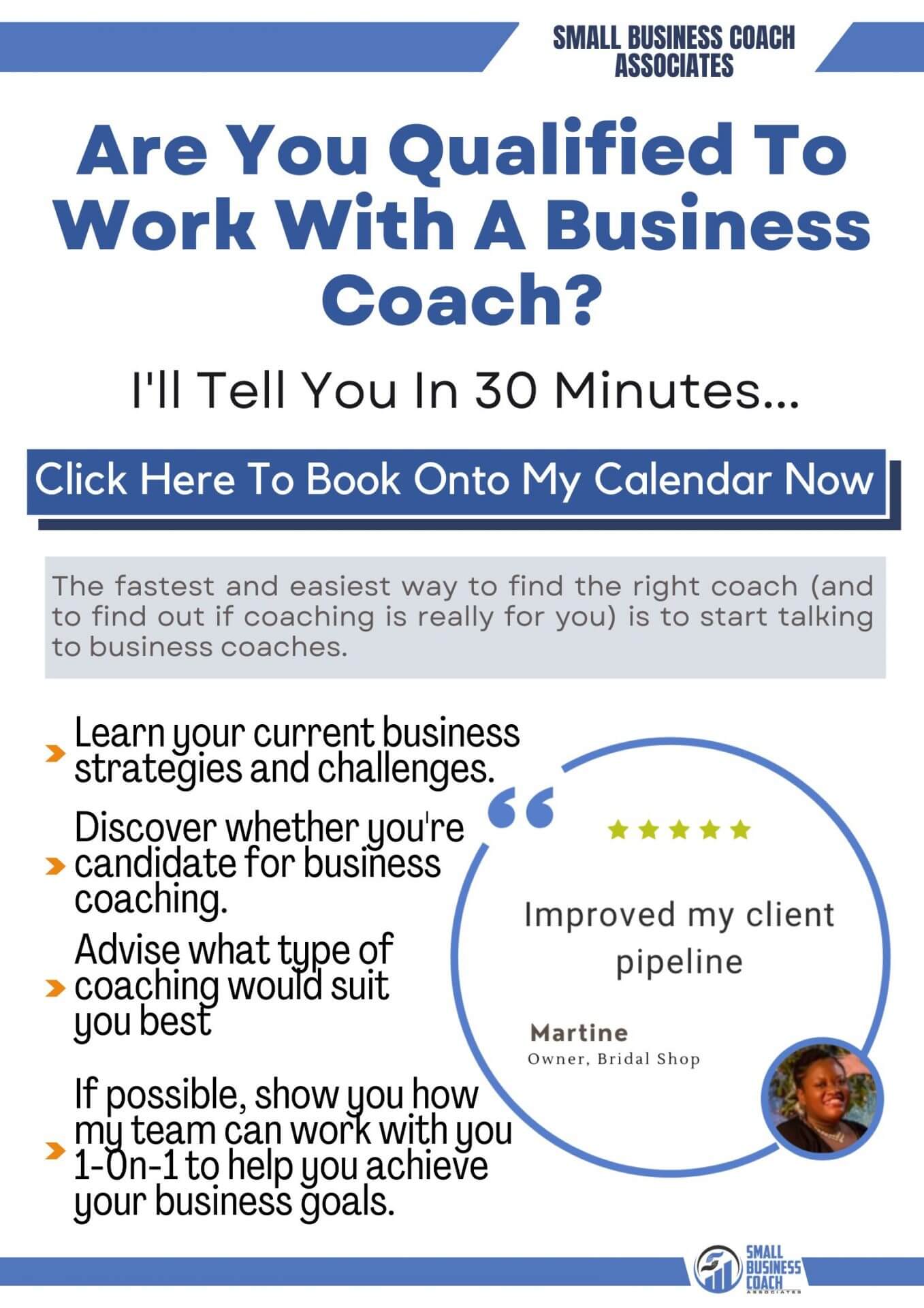VIEW BY TOPIC
- Finding Customers
- Business Systems
- Managing Employees
- Leadership
- Managing Money
Related Posts

Ready to Grow Your Business Fast?
Here’s How I Grew Five Businesses, and Eventually Sold One to a Fortune 500 Company.

Generating an Unlimited Amount of Leads for Your Business
Unlimited Amount of Leads for Your Business
Do you know where your leads for your business come from?
- Most business owners would choose “advertising” as an answer. Or word of mouth. Or referrals. Or direct mail campaigns. This may seem true, but it’s not really accurate.
- Your customers come from leads that have been turned into sales. Each customer goes through a two-step process before they arrive with their wallets open. They have been converted from a member of a target market, to a lead, then to a customer.
- So, would it not stand to reason then, that when you advertise or send any marketing material out to your target market, that you’re not really trying to generate customers? That instead, you’re trying to generate leads.
- When you look at your marketing campaign from this perspective, the idea of generating leads as compared to customers seems a lot less daunting. The pressure of closing sales is no longer placed on advertisements or brochures.
- From this perspective, the general purpose of your advertising and marketing efforts is then to generate leads from qualified customers. Seems easy enough, doesn’t it?

Where Are Your Leads Coming From?
-
- Advertising?
- Word of mouth?
- Networking?
- …don’t know?
The first step toward increasing leads of your business is in understanding how many leads you currently get on a regular basis, as well as where they come from. Otherwise, how will you know when you’re getting more phone calls or walk-in customers?
I find that most of my clients are not measuring their leads when we begin coaching. So that’s one of the first things we begin doing.
If you don’t know where your leads come from, start today! Start asking every customer that comes through your door, “how did you hear about us?” or “what brought you in today?” Ask every customer that calls where they found your telephone number, or email address. Then, record the information for at least an entire week.
When you’re finished, take a look at your spreadsheet and write your top three lead generators here:
1 .__________________________________
2. ___________________________________
3. __________________________________
From Lead to Customer: Conversion Rates
Leads mean nothing to your business unless you convert them into customers. You could get hundreds of leads for your business from a single advertisement, but unless those leads result in purchases, it’s been a largely unsuccessful (and costly) campaign.
The ratio of leads (potential customers) to transactions (actual customers) is called your conversion rate. Simply divide the number of customers who actually purchased something by the number of customers who inquired about your product or service, and multiply by 100.
# transactions / # leads x 100 = % conversion rate
If, in a given week, I have 879 customers come into my store, and 143 of them purchase something, the formula would look like this:
[143 (customers) / 879 (leads)] x 100 = 16.25% conversion rate
What’s Your Conversion Rate?
Based on the formula above, you can see that the higher your conversion rate, the more profitable the business.
Your next step is to determine you own current conversion rate. Add up the number of leads you sourced in the last section, and divide that number into the total transactions that took place in the same week.

Write your conversion rate here:
Quality (or Qualified) Leads
Based on our review of conversion rates, we can see that the number of leads you generate means nothing unless those leads are being converted into customers.
So what affects your ability (and the ability of your team) to turn leads into customers? Do you need to improve your scripts? Your product or service? Find a more competitive edge in the marketplace?
Maybe. But the first step toward increasing conversion rates is to evaluate the leads you are currently generating, and make sure those leads are the right ones.
What are Quality Leads?
Potential customers are potential customers, right? Anyone who walks into your store or picks up the phone to call your business could be convinced to purchase from you, right? Not necessarily, but this is a common assumption most business owners make.
Quality leads are the people who are the most likely to buy your product or service. They are the qualified buyers who comprise your target market. Anyone might walk in off the street to browse a furniture store – regardless of whether or not they are in the market for a new couch or bed frame. This lead is solely interested in browsing, and is not likely to be converted to a customer.
A quality lead would be someone looking for a new kitchen table, and who specifically drove to that same furniture because a friend had raved about the service they received that month. These are the kinds of leads you need to focus on generating.
How Do You Get Quality Leads?
Know your target market. Get a handle on who your customers are – the people who are most likely to buy your product or service. Know their age, sex, income, and purchase motivations. From that information you can determine how best to reach your specific audience.
Focus on the 80/20 rule. A common statistic in business is that 80% of your revenue comes from 20% of your customers. These are your star clients, or your ideal clients. These are the clients you should focus your efforts on recruiting. This is the easiest way to grow your business and your income.
Get specific. Focus not only on who you want to attract, but how you’re going to attract them. If you’re trying to generate leads from a specific market segment, craft a unique offer to get their attention.
Be proactive. Once you’ve generated a slew of leads, make sure you have the resources to follow up on them. Be diligent and aggressive, and follow up in a timely manner. You’ve worked to get them, now reel them in.
Go here to read Part 2 of this article.
Questions about our small business coaching services?
Call us at 1-888-504-0777,
or














